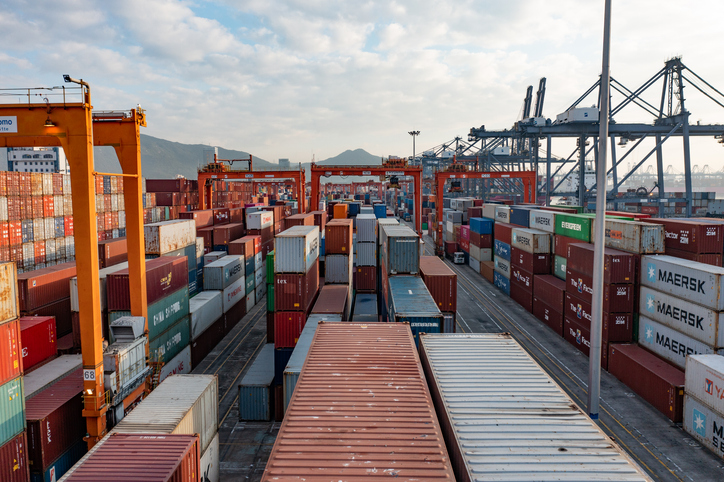India’s current account deficit (CAD) is expected to remain below 1 per cent of GDP in the current financial year despite the higher tariffs imposed by US President Donald Trump on Indian goods, according to CareEdge Ratings.
The rating agency has projected CAD at 0.9 per cent for FY26, citing India’s domestic-driven economy and relatively low goods export share to the US — around 2 per cent of GDP — as factors providing a cushion against the tariff impact.
Exports to the US, which account for 19.8 per cent of India’s total exports, grew 22 per cent year-on-year in the first quarter of FY26, driven largely by electronic goods. This category, exempted from US tariffs, makes up about 30 per cent of India’s total exports to the US. Exports to China also registered robust growth of 17.8 per cent.
CareEdge attributed the growth to front-loading of shipments and continued tariff exemptions for sectors such as pharmaceuticals and electronics. However, it cautioned that the possibility of tariffs being extended to these products remains.
The report noted that higher tariff rates compared to other economies have increased pressure on India to negotiate a trade deal with the US. While talks could begin, New Delhi is likely to remain cautious on opening sensitive sectors like agriculture and dairy, potentially prolonging negotiations.
Sectors such as gems and jewellery, which depend on discretionary spending, could face headwinds from reciprocal tariffs. Meanwhile, competitors like Vietnam and Indonesia may gain from comparatively lower US tariffs, especially in footwear, textiles, and leather.
Exports to Asia and Europe — together accounting for 62 per cent of India’s total exports — saw a year-on-year decline in Q1 FY26. Nevertheless, CareEdge said strong US-bound exports in exempted categories, coupled with India’s economic structure, should keep CAD at a manageable level this year.
-ANI














